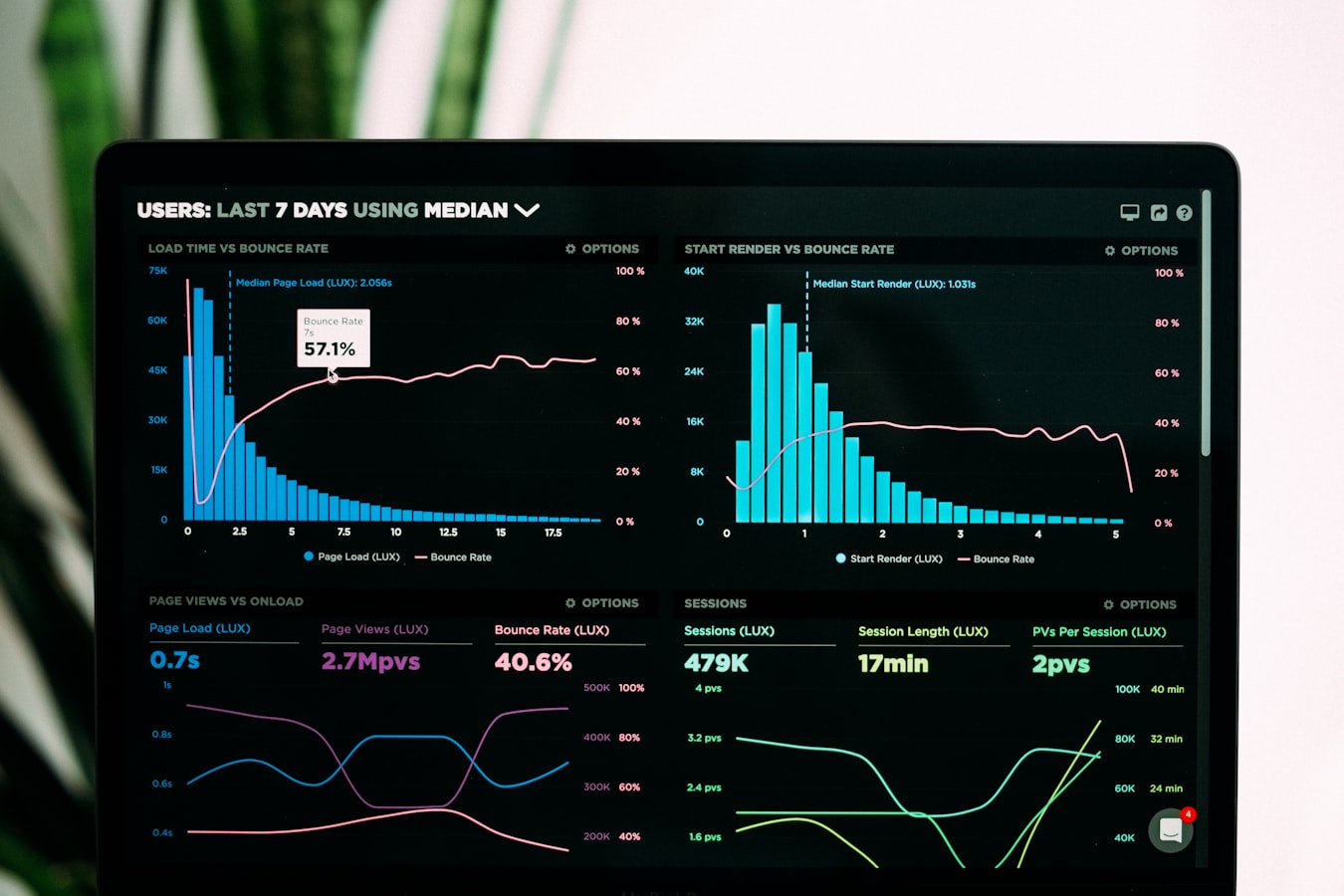
May 1, 2025 •
The rapid advancement of generative AI models has outpaced the development of appropriate evaluation metrics. Current approaches often rely on proxy measures that fail to capture important dimensions of model performance.
Current Limitations
Most evaluation frameworks focus on:
- Perplexity‑based measures
- Human evaluation with limited samples
- Automated metrics like BLEU and ROUGE
These approaches suffer from several well‑documented issues:
Key Problems:
- Poor correlation with human judgment
- Insensitivity to subtle quality differences
- Failure to detect harmful outputs
Proposed Framework
We propose a multi‑dimensional evaluation framework based on the following equation:
\[Q = \alpha \cdot \mathrm{Fidelity} \;+\; \beta \cdot \mathrm{Diversity} \;+\; \gamma \cdot \mathrm{Novelty}\]
Where:
- Fidelity measures output quality and coherence
- Diversity captures the range of possible outputs
- Novelty assesses creative generation beyond training data
The weights ( \alpha, \beta, \gamma ) can be adjusted based on application requirements. Our experiments show this framework provides more nuanced evaluation than single‑score metrics.
Implementation
The evaluation pipeline consists of three main components:
def evaluate_model(model, test_data):
# Calculate fidelity score
fidelity = calculate_fidelity(model, test_data)
# Calculate diversity score
diversity = calculate_diversity(model, test_data)
# Calculate novelty score
novelty = calculate_novelty(model, test_data)
# Combine with weights
total_score = 0.5*fidelity + 0.3*diversity + 0.2*novelty
return {
'fidelity': fidelity,
'diversity': diversity,
'novelty': novelty,
'total_score': total_score
}
Initial results across 5 benchmark datasets show improved correlation with human evaluation (r=0.87 vs 0.62 for traditional metrics).
Rethinking Evaluation Metrics for Generative Models
The rapid advancement of generative AI models has outpaced the development of appropriate evaluation metrics. Current...
Metrics
Generative AI
Evaluation

